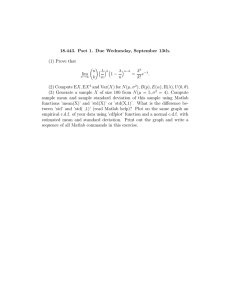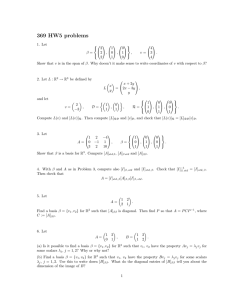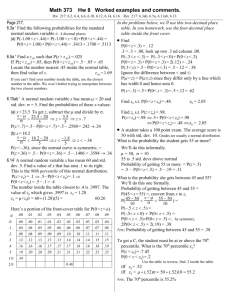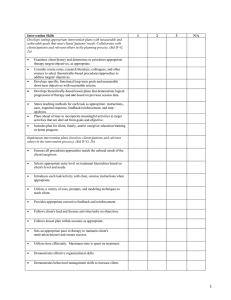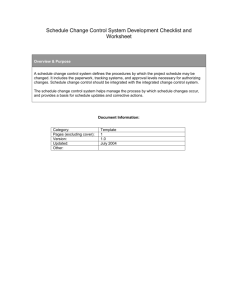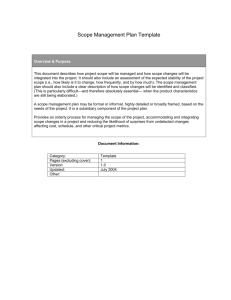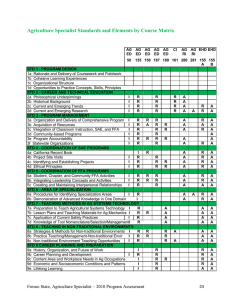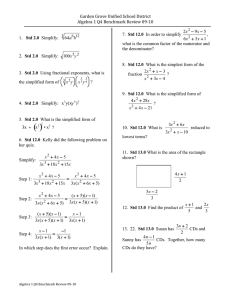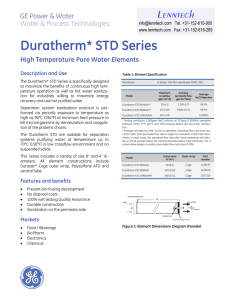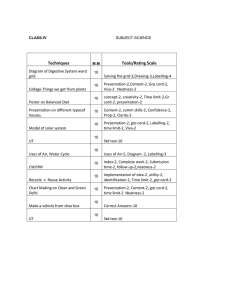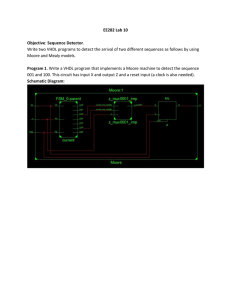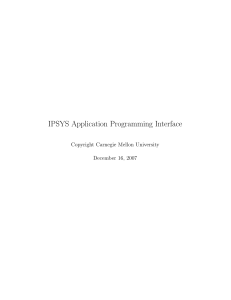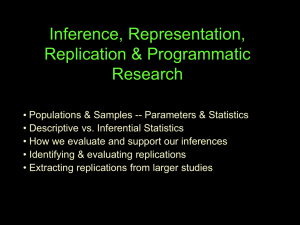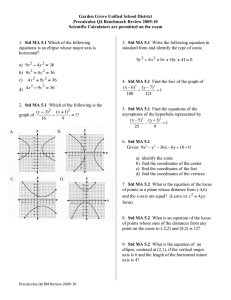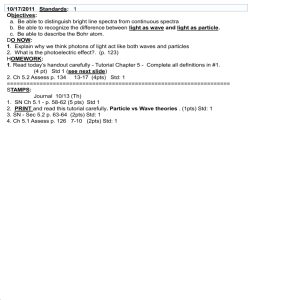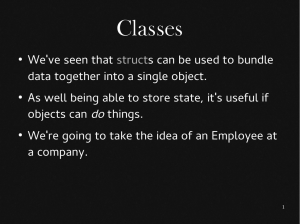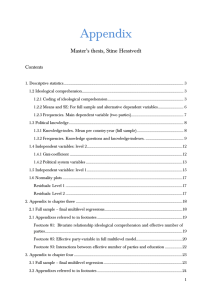Lecture 1-Ch.1
advertisement
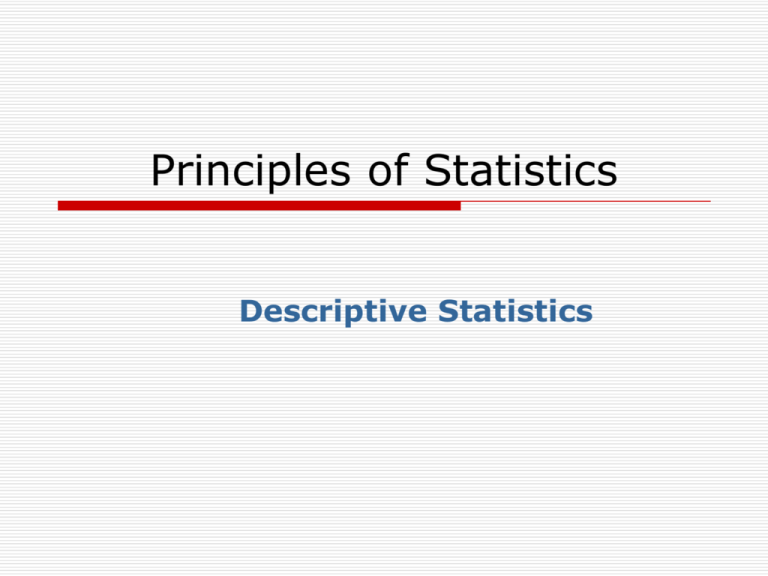
Principles of Statistics Descriptive Statistics Frequency Table (Distribution) Scenario 1: The President of the university called the registrar and asked for the number of students in each faculty classified by admission year and sex. How the registrar will prepare the required information? Scenario 2: The dean of the faculty of science asked the chair of the Mathematics department to submit a list of the names of the top 5% of the graduates of the year 2010. How this can be done? Frequency Table of Discrete Data To construct a frequency table of a given discrete data set apply the following steps: 1. Find the different categories of the data 2. Partition the data set by categories 3. Find the frequency of each category 4. Give a title to the table Example 1.5.1: Consider the following data: A, B, AB, A, B, O, A,B, A,B, AB, AB, O,A, B, AB, A, O, B, B, A, A, A, O Solution: Note that the different observations in this data are A, B, AB, and O. Hence the required table is Distribution of Blood Type Class Frequency A 9 B 7 AB 4 O 4 Sum 24 Frequency Table of Continuous Data Example 1.5.4: Consider the following data 34, 56, 45, 34, 23, 12, 23, 34, 55, 66, 77, 88, 99, 90, 45, 56, 65, 78, 87, 98, 89, 23, 12, 21, 32, 35, 48 Class Frequency 12-33 7 34-55 8 56-77 5 78-99 7 Sum 27 Computations of the Previous Measures Class Mid(mi) f m.f (m^2). F 8-9 8.5 2 17 144.5 9-10 9.5 4 38 361 10-11 10.5 10 105 1102.5 11-12 11.5 5 57.5 661.25 12-13 12.5 3 37.5 468.75 13-14 13.5 1 13.5 182.25 268.5 2920.25 Midpoint=(lower+upper)/2, f=frequency mf X n 268.5 10.74 25 2 m2 f 2 S n X 116.81115.35 1.46 Coding: U=(x-10.5)/1 -2 -1 0 1 2 3 f 2 4 10 5 3 1 25 u. f -4 -4 0 5 6 3 6 (u^2). f 8 4 0 5 12 9 38 mean of U=6/25=0.24, variance of U=(38/25)-(0.24)^2=1.46 Percentiles: Upper Class Limit Cumulative Frequency 9.5 2 10.5 6 11.5 16 12.5 21 13.5 24 14.5 25 (1) Median: Rank=(25)(0.5)=12.5 Smallest change in freq.=6.5, Largest change=10 Median=10.5+(6.5/10)(1)=11.15 (1=length of the class) (2) First Quartile - Rank=25(0.25)=6.25 Smallest change in freq.=0.25, Largest change=10 Q1=10.5+(0.25/10)*(1)=10.525. (3) 70th Percentile - - - > Rank=25(0.7)=17.5 Smallest change=1.5, Largest change=5 70th Perc.=11.5+(1.5/5)(1)=11.8 Two Problems: 1. The mean of 5 numbers is 4 and Std. is 2. Two numbers were 2, 2 are changed into 3, 4. Find the mean and Std. of the new set. Old mean =4 =(sum of 3 numbers+4)/5 - - -> sum of 3 numbers=16 New mean=(16+7)/5=23/5=4.6 Old var. =4=(sum of squares+8-(5*16))/4 - - - > sum of squares=88 New var. =(88+9+16-(5)(4.6^2))/4=(113-105.8)/4=7.2/4=1.8 New Std. =1.34 2. A list contains 9 numbers having mean 6 and Std. 5. If the number 16 is added to the list, find the mean and std. of the new list. Sum of the data = 54. New mean=(54+16)/10=7 Old var. =25=(sum of squares-(9*36))/8=(sum of squares-324)/8 - - -> sum of squares=524. New var. =(524+256-(10)(49))/9=(780-490)/9=290/9=32.22 New Std. =5.68
